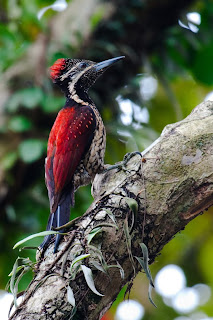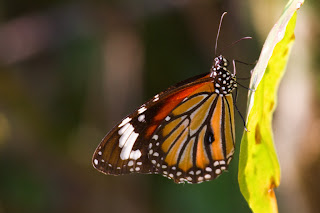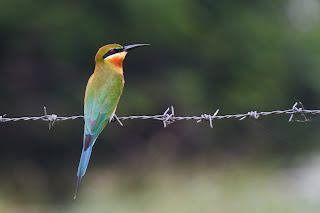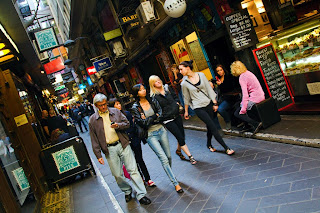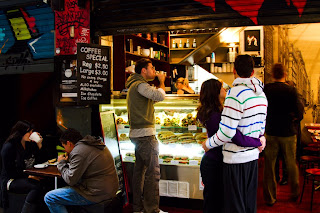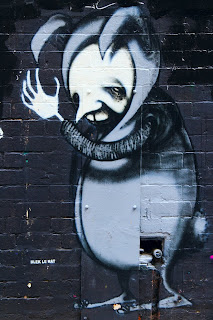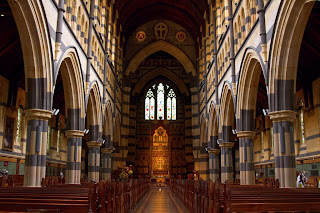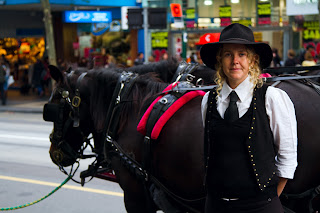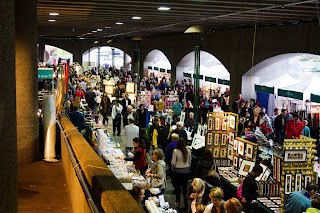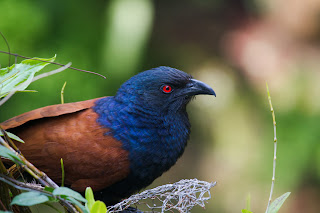Flinders Street station - Melbourne, Australia
It has taken me five years to make it down to Melbourne since relocating to Sydney in early 2005. We spent last weekend in and around the Melbourne CBD catching up with a few friends and family. I had Friday and Monday off as well and spent the extra days wondering around the city with the camera. The image above is of Flinders Street station, one of the bigger stations in the CBD. More images and info after the jump.
St Pauls Cathedral - Melbourne, Australia
St Pauls Cathedral, shown in the image above, is on the opposite side of the road from Flinders Street station. This was the first time I had actually been inside the cathedral itself and unfortunately I didn't have the tripod with me. There wasn't a lot of light inside and I had to shoot at 1/10th of a second at f4. Fortunately I found a railing right in the middle of the isle which I was able to use for support.
Horse rides in the city - Melbourne, Australia
Horse carriages are a common sight along Swanston street in the heart of Melbourne. Usually you'll see around five or six carriages taking tourists for a ride (literally and metaphorically) from the city to the Shrine of Remembrance and back, along St Kilda Road.
Art and Craft Markets - Melbourne, Australia
We also spent some time at the art and craft markets, which are on every sunday. The stalls were quite interesting and some of them had some really good black and white images for sale. The stall selling frames made out of reclaimed wood (fence posts etc) is also worth a visit. I could have easily spent a couple of hours more browsing through the stalls.
Sculpture of a Hammer thrower at Queen Victoria Gardens - Melbourne Australia
John Robinson's bronze sculpture of a hammer thrower was unveiled in 1974 by Lord Mayor Cr Whalley can be found in Queen Victoria gardens. The title of the sculpture is "The Pathfinder" and it is part of Melbourne's collection of sculptures of sporting heroes. Stealing the hammer from the statue has become a common prank amongst Melbournians and as a result, the hammer is removed from the sculpture every evening and replaced the following morning. The statue had been removed when I captured the image above.
The Sherlock Holmes - Melbourne, Australia
The lanes and alleys of Melbourne are full of small pubs and bars which are packed on Friday and Saturday nights. The wooden sign board of the Sherlock Holmes, on Collins Street, caught my eye when I was walking past heading towards docklands. I think the flowering pot plants also added to the image.
All the images on this post were captured with a Canon 7D and a Canon 24-105mm lens. More images from melbourne will be covered in future posts.

